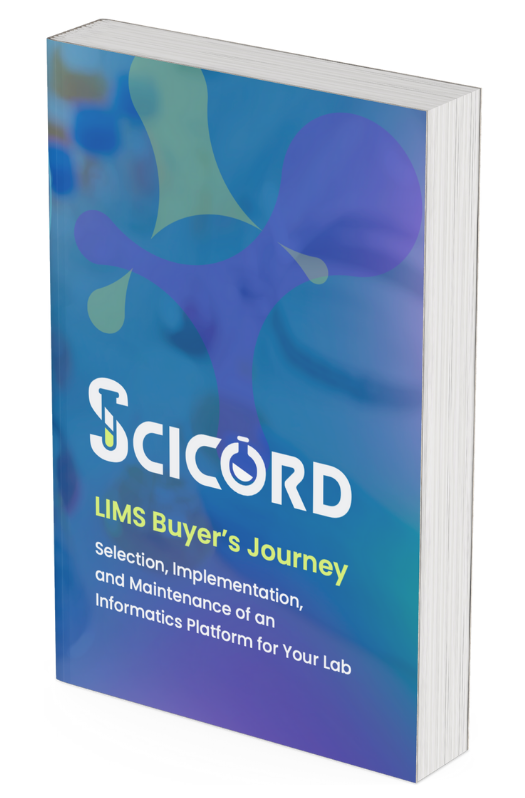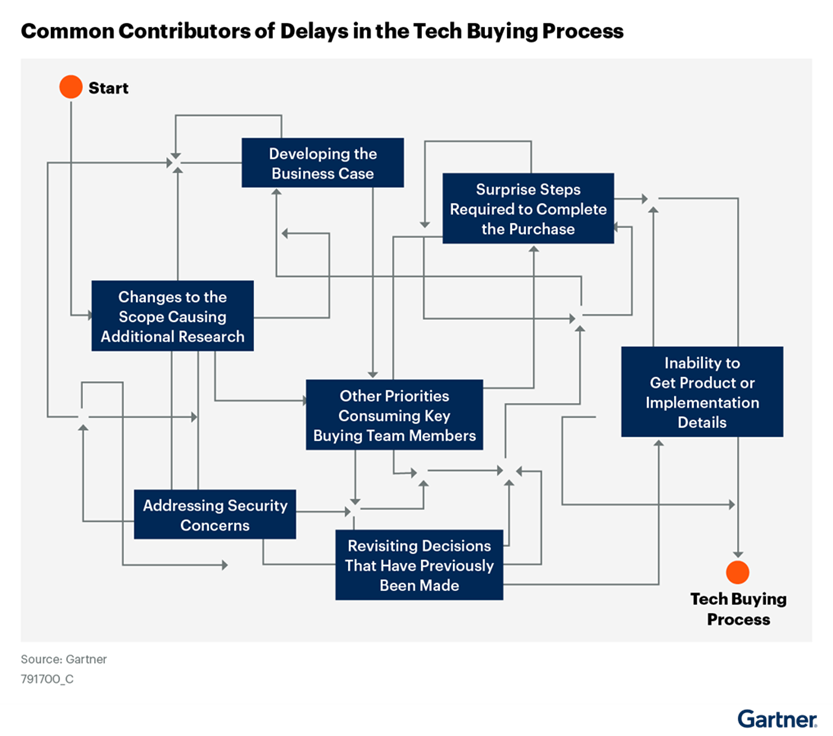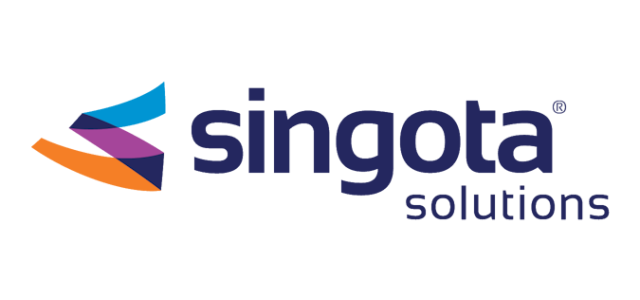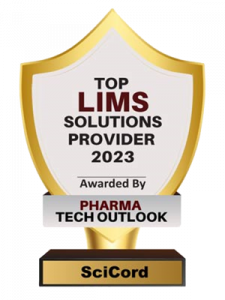Online Search
Start with a web search to identify potential LIMS providers.
-
-
- Websites like Capterra, G2, and Software Advice offer reviews and comparisons.
- Industry Publications: Look for articles and case studies in industry journals and publications.
- Forums and Communities: Engage with user communities, forums, and LinkedIn groups for recommendations and experiences.
Evaluation Criteria
Hopefully, you have already drafted a requirements document which can be used as the basis for evaluation criteria. The primary sections of the criteria are listed below:
-
-
- Functional Requirements: List the key functionalities your lab needs, such as sample tracking, data management, and reporting.
- Technical Requirements: Consider technical aspects like system architecture, integration capabilities, scalability, and security.
- Compliance and Regulatory Requirements: Ensure the LIMS meets industry-specific regulations and standards (e.g., GLP, FDA 21 CFR Part 11).
-
-
- Usability: Assess the user interface, ease of use, and the learning curve for staff.
- Support and Training: Evaluate the quality of vendor support, training programs, and user resources.
- Cost: Consider both initial costs and total cost of ownership, including licensing, implementation, maintenance, and support.
Note: The administration cost of most LIMS is very high and often hidden. Adjustments to the system as you learn from implementation and future modifications required as your organization changes can be prohibitively expensive. In many cases, LIMS are simply shelved when organizations realize the cost of ongoing administration.
Large or Small Vendor
The size of a vendor can impact the outcome of your digital implementation and ongoing support. Some considerations:
-
-
- Functionality: Larger vendors can often provide functionality across many departments in your organization. Be sure to determine if the additional functionality is important to your deployment.
- Usability: Large vendors often have amalgamated functionality from several smaller vendors. Usability can suffer and training can be difficult as each component has a different look & feel.
- Support: Expect rapid response and individualized attention from smaller vendors. Your requirements are more likely to be incorporated into a smaller vendor’s roadmap and delivered more quickly. Smaller vendors can provide personalized support, rapid customization, and are more innovative.
-
-
- Expense: Pricing is often correlated to vendor size. Larger vendors are pricier, both in terms of upfront costs but even more so for ongoing maintenance and fees.
- Risk: Large vendors often tout reliability, support resources, compatibility, updates, and support advantages. Smaller vendors with a 5 year or more track record can provide the same risk profile as a larger vendor.
- Flexibility: Large vendors may offer less customization and may not be as responsive to specific needs or feedback.
- Scalability: What are your future state requirements? Do you need functionality only provided by a larger vendor?
Configuration versus Customization
Almost any vendor system must be configured or customized to meet your requirements.
Configuration involves setting up the LIMS software to fit your laboratory’s specific processes and workflows using the built-in options and settings provided by the software. It does not involve altering code.
Customization involves altering the LIMS implementation by adding or modifying code to create new or change functionality. This approach is used when specific requirements cannot be met through configuration alone.
A basic rule: Configuration is acceptable, customization should be avoided. If customization is required, the vendor should own and agree to support the customization through future releases. Customization will always cost more, complicate maintenance, limit support options, and result in longer implementation times.
SaaS or On-Prem
Vendor solutions were historically implemented within the customers IT infrastructure. Software as a Service offered through Cloud deployments have radically changed vendor offerings.
Software as a Service (SaaS) is a software distribution model in which applications are hosted by a service provider and made available to customers over the internet. SaaS applications are typically subscription-based, with users paying a recurring fee to use the service.
SaaS is the future of LIMS with lower costs, reduced IT costs, better scalability, reduced downtime, quick deployment, and advanced security.
Niche or Platform
Vendor solutions contain differing functionality sets, from niche to digital platform. Selecting a focused niche solution to fix a specific issue or to just get started can be appealing but can have negative long-term impact on your organization. A platform is the correct decision in all but rare circumstances.
Historically, vendors offered niche solutions:
-
-
- LIMS (Laboratory Information Management)
- ELN (Electronic Notebooks)
- LES/ MES (Laboratory/Manufacture Execution Systems)
- eBR (Electronic Batch Records)
-
-
- Metrology for Instruments/Equipment
- Inventory Solutions for Chemicals, Supplies, etc
- EDMS (Electronic Data Management)
- QMS (Quality Management)
To obtain a digital solution, organizations were faced with the unenviable task of interfacing and maintaining these niche solutions. The landscape has changed dramatically, and vendors now offer Digital Platforms, which combine most if not all the functionality in a single product. Since many platform vendors charge only for functionality you use, the cost can be comparable to a niche solution.
Your organization may not currently require all the functionality listed above but it is likely over time that some aspect of each niche functionality will be desired. Purchasing a comprehensive platform solution initially avoids costly integration and maintenance issues over time.
Request for Proposal
The request for proposal (RFP) is a document outlining your requirements and expectations. The document will typically include an introduction to your organization, an overview in what you’re seeking from the vendor, a scope of work, requirements, evaluation criteria and other proposal requirements. The RFP can be sent to a group of vendors requesting responses based on how well they meet your requirements. An evaluation of the responses can define the vendor of choice or perhaps an ordered ranking.
Note: RFP’s can be gamed by LIMS vendors. Responses will need to be verified and scoring re-evaluated after determining actual fit to each requirement. Consider evaluation demonstrations rather than using RFPs which can be time consuming and not determinative.
Demonstrations
Demonstrations are arguably the most effective tool for your buying team to picture how a vendor product will implement your requirements. More than 1 demonstration can be requested with additional detail investigated in each subsequent demo.
-
-
- Exploratory Demo: introduction to a vendors functionality set and architecture. This demo can help winnow the field of vendors to a manageable subset.
- Use Case Demo: Provide vendors with specific use case scenarios relevant to your lab. The subsequent demonstration can explore how the vendor solution can execute your processes out-of-the-box. The goal should be to select 2-3 vendors for focused consideration.
- Tailored Demo: Provide the vendor with specific work process flow charts, examples of your work processes and reports. Request a detailed demonstration of 1-2 key processes. The tailored demonstration will reveal the flexibility of the vendor product and implementation effort needed to meet your organization requirements.
-
-
- Free Trial: If available, take advantage of free trials to test the system with your actual data and workflows.
- Paid Trial: LIMS is typically too complex to allow free trials of configured systems and a non-configured system is unlikely to reveal the suitability of the LIMS for your organization. A paid trial for encompassing a small group within your organization can demonstrate the overall suitability of the vendor product. If successful, the money spent on the trial can be deducted from the overall implementation cost. If unsuccessful, avoiding the substantial costs associated with an unsuitable vendor product is well worth the cost of the paid trial.
Reference Checks
Utilize Customer References and User Groups
Before choosing a LIMS vendor, it’s wise to ask for customer references. Reputable LIMS vendors typically accommodate such requests if you show a certain level of commitment, at which point you can speak with previous customers to confirm your decision. Vendors usually avoid wasting their time or their customers’ time unnecessarily, so don’t forget to show genuine interest and provide at least your requirements to gain access to this information. Once you have access to customer references, here’s an effective approach:
Ask references about the support they’ve received. Questions could include:
-
-
- Who answers the phone or responds to emails?
- How quick are their responses?
- Is the technical support team generally helpful?
- Have you faced any significant issues with the product? If so, how was it handled?
- Are you satisfied with the company overall?
Evaluate Vendors
Consolidate information gathered by the buying team
-
-
- Technical Assessment: Have your IT team evaluate the technical aspects of the LIMS, including integration capabilities and data security.
- User Feedback: Gather feedback from potential users within your lab who participate in demos and trials.
- Score Vendors: Rate each vendor on each criterion (assign weighting criteria based on its importance to your lab) and calculate a total score for each vendor.
- Assess Total Cost of Ownership:
- Comparison: Use the scoring matrix to compare the vendors objectively.
- Initial Costs: Evaluate the initial purchase price, implementation fees, and any customization costs.
- Recurring Costs: Consider ongoing costs such as subscription fees, maintenance, support, and training.
- Hidden Costs: Look out for any potential hidden costs like additional modules, upgrades, or user licenses.
- Implementation Plan: work with the vendor to develop a high-level implementation plan, including timelines, resources, and training.
- Terms and Conditions – review the contract terms, including service level agreements (SLAs), support, and maintenance agreements.
- Price Negotiation: Negotiate pricing, payment terms, and any additional costs or discounts.
Select the Vendor
Obtain agreement within the buying team. A member of the team who does not agree to support the decision can have adverse impact when attempting to get purchase approvals and later during LIMS implementation.
Obtain approval from key stakeholders and decision-makers within your organization. Other than requirements, items to consider may include when you need the LIMS to be up and running, whether it will be hosted on-premise or in the cloud, and the budget.







